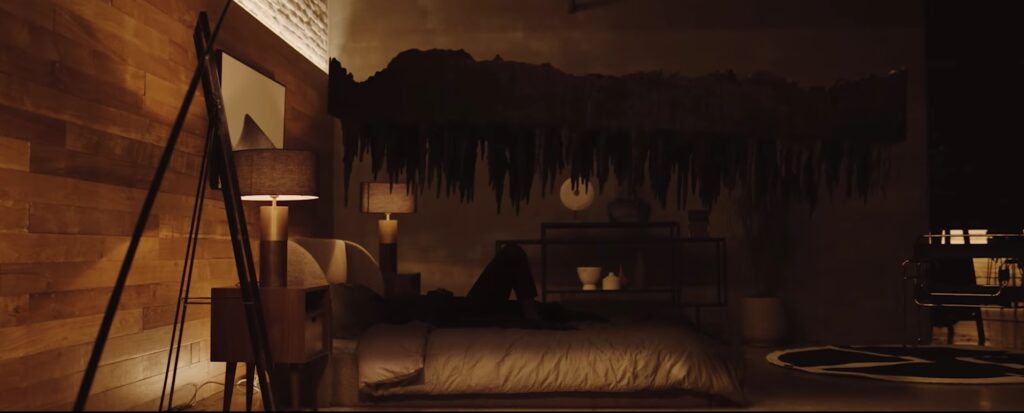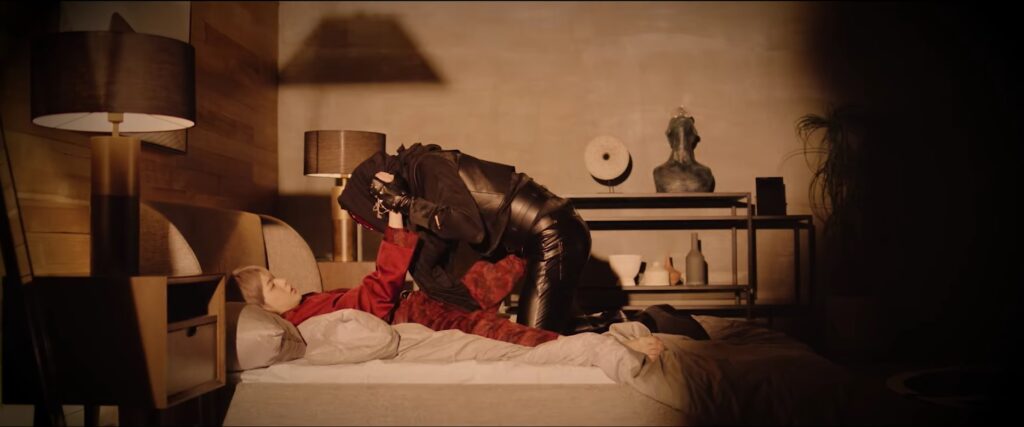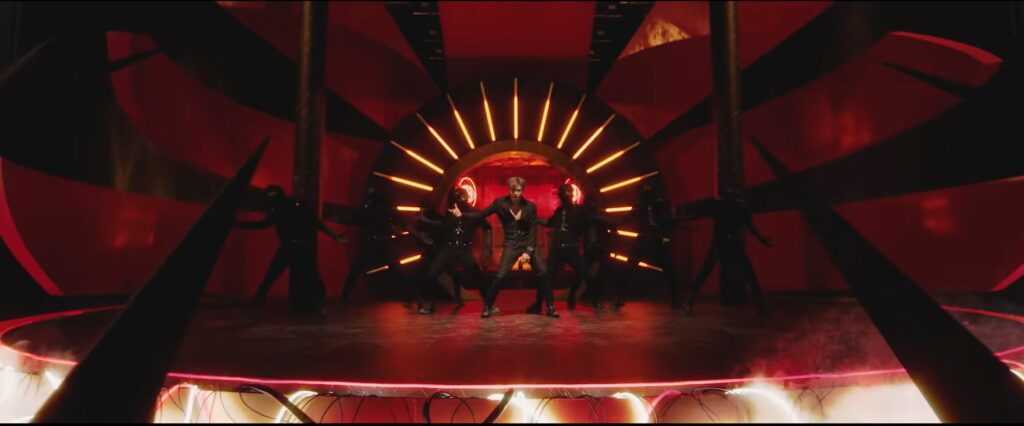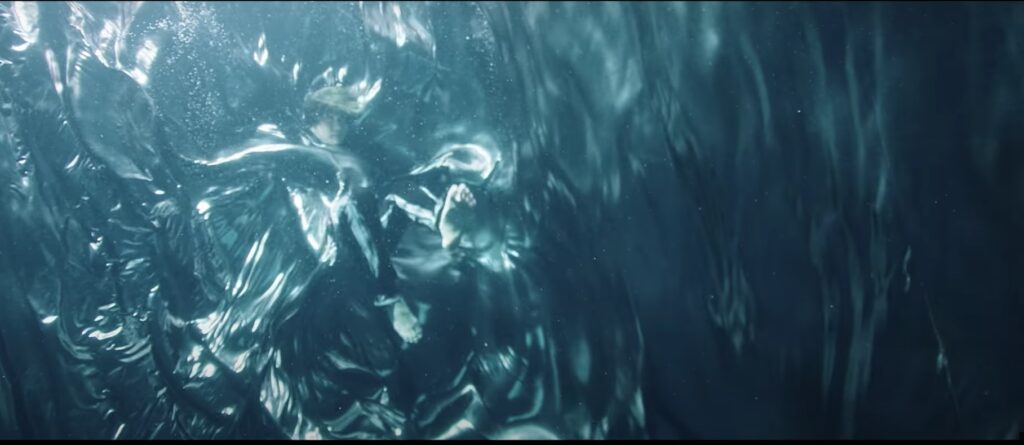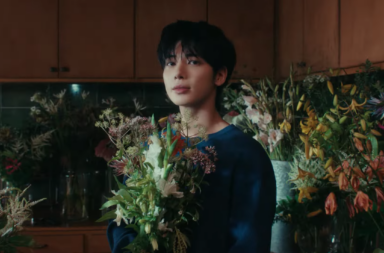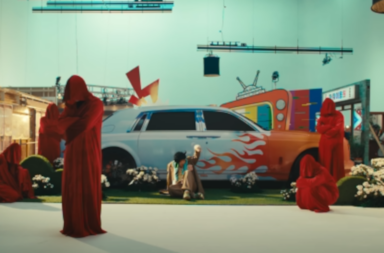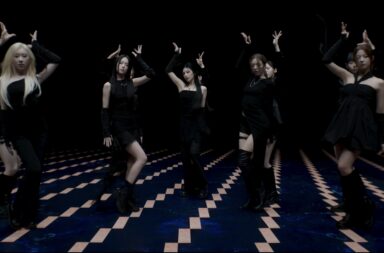I want to show the image of a real artist, should we say, the struggle to become a true artist? So, it will be a serious story that will reflect my thoughts and worries. It’s a part of a person named Kang Daniel.
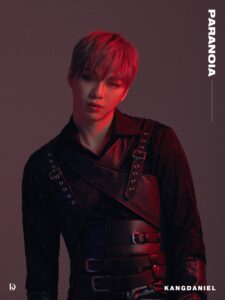
With a title like “Paranoia” and statements such as these in pre-release interviews, Kang Daniel‘s intention with this latest release has been quite clear. What one doesn’t necessarily expect however, is the manner in which Daniel addresses his paranoia. Rarely do songs discussing idols’ struggles take the approach Daniel has taken. But then again, rarely ever has Daniel stayed within the lines; he wouldn’t be where he is today if he did.
“Paranoia” relies heavily on Daniel’s biggest strengths, performance and charisma — not vocals, rap, songwriting or lyricism — to showcase the image of a true artist. The end result is not entirely relatable, but Daniel delivers a convincing performance of his agony as an idol. In doing so, he reminds us that he is an impressive artist in his own right.
When discussing “Paranoia”, it’s impossible not to touch upon Kang Daniel’s abrupt hiatus pursuant to his first solo comeback, “Touchin’“, in November 2019. He’d been diagnosed with depression and panic disorder, and it was possible to see why. After bursting into stardom with Produce 101 and Wanna One, Kang Daniel noted as far back as 2017 on Running Man that he slept only 2-3 hours a night. Post Wanna One in early 2019, he split from his agency LM Entertainment in a public, legal dispute and founded his own, one-man agency, Konnect Entertainment.
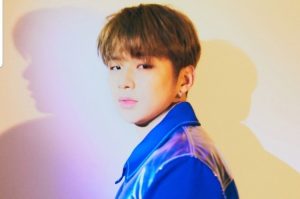
Mere days after his much anticipated, highly publicized solo debut in August of that year, his relationship with Twice‘s Jihyo was revealed by Dispatch. Malicious timing, for dating “scandals” mean much criticism and lost fans, something Daniel did not need during his solo debut.
What’s more, because of his ongoing legal dispute with LM Entertainment, many producers were reportedly hesitant to cast him on music shows. Although Konnect denied the rumors, Daniel did not promote “What Are You Up To?” on music shows (but did win KBS2‘s Music Bank on August 9, 2019). This history may or may not have been behind his hiatus, but there’s no denying he’d had a difficult time in the months leading up to it. It takes massive strength to continue despite these setbacks.
On an episode of Radio Star (aired February 17, 2021), Daniel confirmed that he wrote about his feelings during his hiatus in “Paranoia”. Songs touching upon idols’ struggles are rarely accompanied by MVs (e.g. Suga/Agust D‘s “The Last” or Mino‘s “Fear“). When they are, the MVs often tend to use minimal effects and sets, focusing instead on the idol, the lyrics and the stillness, and near empty space surrounding the idol — often to powerful effect (e.g. Yongguk‘s “AM 4:44“). Sometimes, the MVs are a little more loud in their colors, visuals and storytelling (e.g. Amber‘s “Borders” or Seventeen‘s “Trauma“), but there’s no choreography. Makes sense since such songs are not often meant to be performed on stage.
However, “Paranoia” is very much a performance. The choreography, Daniel’s styling and outfits and even the aesthetics of the MV are all as important (if not more) as the music and lyrics, in conveying the artist’s pain.
The setting for “Paranoia”‘s MV is Kang Daniel’s mind. Daniel is curled up alone in a bed, in an otherwise empty room. In contrast to his stillness, his mind is a mess. As we see once he allows us a glimpse, it is inhabited by demons.
Days are as dark as the night
It’s getting scary
In my lightless room
Internal chaos is depicted through the external appearance of the room he inhabits, the delusions he has, and the dark, hellish landscape within his mind. Although the room appears neat and minimally furnished, a large pool of water — or perhaps, blood? — flows unchecked from one corner of his bed to the camera. He reaches for a glass of whiskey, only to spill it. A shadowy figure appears to walk towards the sleeping Daniel. At another point, a wall of thorns floats precariously overhead, ready to drop at any moment. At yet another point, he fights a masked assailant.
Inside his head is an even bigger mess. The dominant color scheme is red and brown, thorns loom menacingly and a fire burns apart the screen, aptly conveying how hot and hellish it is. The dominant red is broken occasionally by white and blue — but don’t be fooled, these are not moments of peace. It’s water, and Daniel is drowning. Lightning bolts against one of the rare peaceful backgrounds suggest that even in peace, there is no end to this hell. In fact, the demons aren’t confined to his room, they find him even when he walks outside among people.
You can run
You can hide
But they always find
Spreading slowly in your heart
They live in the dark
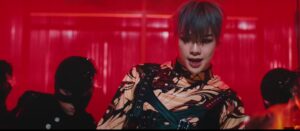
Daniel’s styling is striking. At times somewhat feminine, and almost always excessively made up, Daniel isn’t attempting to be relatable to the audience/viewer. Instead, he’s declaring himself an artist and embodying a persona that is decidedly ‘artsy’ and unapproachable — far removed from his boy-next-door, boyfriend image. This is a new side to Daniel, one that he is ‘revealing’ to the public for the first time.
Equally noteworthy is the choreography. The back-up dancers are masked at all times. In the frames that showcase the choreography, Daniel is nearly always in the center (not the lead/at the front of the formation, but the actual center). A look at the full choreography in the dance practice video shows that he tries to leave them behind on many occasions but they always catch him. This confirms the suspicion: The dancers are a proxy for the faceless demons that surround him.
While the entire choreography is overflowing with meaning, what particularly stands out in the MV is the part accompanying the extended hook. Daniel walks limply, without any strength in his knees. He beats his chest and his forehead repeatedly and dramatically — and as he does, the demons do so too. It’s hard to tell whether it’s the demons controlling him or whether he is, unbeknownst to himself, leading them.
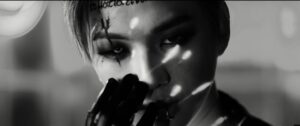
Notably, Daniel’s own right eye shines bright red towards the end. The word “FAILURE” appears etched onto his hand. He removes it off his face to show that that his right eye is now artificial, almost robotic, suggesting he is slowly being consumed by the demons — and hinting at his own evil side. All a part of the person named Kang Daniel, as he states in the interview quoted above.
While the performance is excellent, the music itself, sadly, leaves something to be desired. What works: the menacing, edgy atmosphere created by the bass and the whistle, as well as the fascinating additions around the song’s bridge. The thin ‘la la, la la’ is reminiscent of horror movies and suggests that Daniel is losing his grip on his sanity. A scream follows shortly thereafter — the transformation is complete; and a whisper-rap that makes up the bridge suggests he is now a different person. The song is catchy and easy to follow, particularly for the international fan since there’s a decent amount of English.
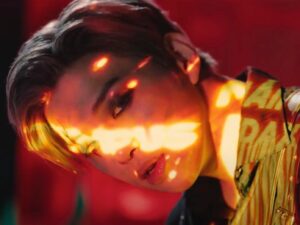
However, the song is also repetitive, and a little too…dreary. In keeping it so, Kang Daniel certainly delivers his sense of paranoia, but the listener may not be in the right frame of mind to appreciate it. One is reminded why such songs are rarely ever performed or chosen as title tracks — they just aren’t any fun, and nor are they meant to be, given the history behind them. “Paranoia” works as well as it does only because of Daniel’s charisma and the carefully detailed performance.
All things considered, Daniel has effectively showcased why he’s a formidable force in the K-pop industry: mental fortitude, boundless on-stage charisma, phenomenal performance, versatility with concepts, and a loyal fanbase that supports him regardless of dating “scandals”. As he experiments with new concepts, such as this dark concept in “Paranoia”, it’ll be interesting to see where he takes us next.
[Naver [1], [2] Sports Chosun; Images & lyrics via Konnect Entertainment]